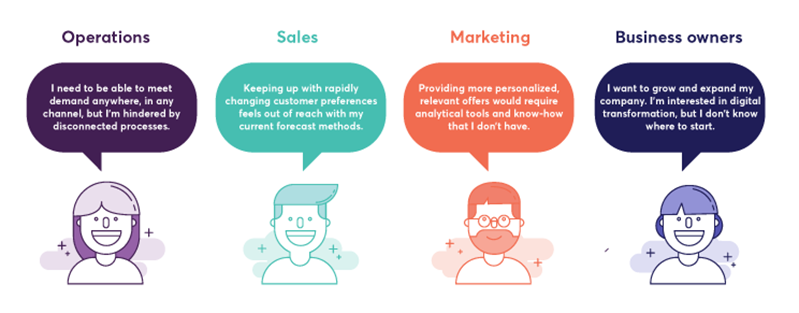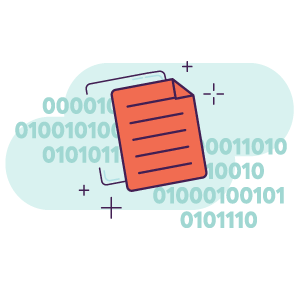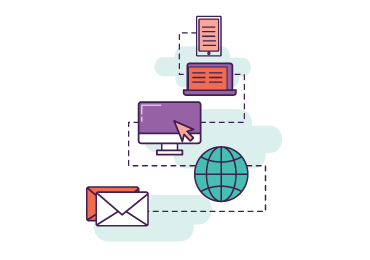Prior to selecting a marketing cloud, it helps to ask some strategic questions: why is the brand interested in data, what is it hoping to achieve with it, would these be short term optimisations or a radical transformation of the business?
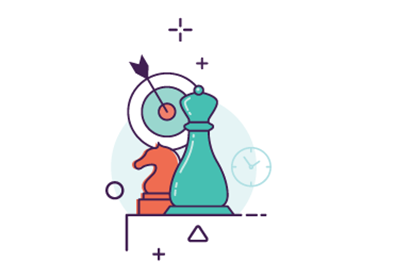
If, however, we ignore the holistic transformation of the business and focus solely on marketing we will need to understand why and how automated marketing can contribute to the sales process. In B2B, where the purchase is rarely impulse-driven, organisations often need at least a couple of months to go from opening a lead to closing the deal. This time is usually used for an identification and description of needs and for the review of competitive offers. Therefore the messaging which is accompanying the pre-sales and sales processes should be structured to follow the customer journey. The focus should be on gradually nurturing the lead while they are researching options, rather than pushing them with a sales talk. In this respect, B2B marketing actually needs to be informative rather than persuasive, it should bring value and be meaningful — that’s the content marketing way.
Focus on customer needs.
People buy what they need, not what you sell
Kenneth „Hap” Klopp Farmer Head of The North Face
The structure and content of messaging in B2B can be defined following the logic of the marketing and sales funnel. According to it, the leads drip down from the stage of awareness to the purchase stage. Although the funnel model itself is often criticised for oversimplifying marketing and sales processes, it forms a good opening for the initial, strategic part of the marketing automation project. The tuning of the funnel structure can be executed as a tactical, ongoing activity to be done after the launch of marketing automation and be based on the insights collected through the DMP.
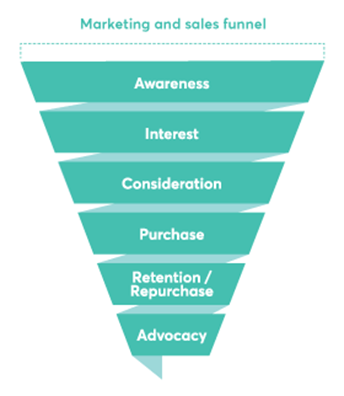
The process of moving leads down the funnel is known as lead nurturing (the heating of leads). It can be planned and automated using marketing automation tools. In order to structure the process and develop the messaging, it is necessary to understand the customer journey and the information needs customers have. Typically, the leads on the top of the funnel can be characterised by little awareness — they are either not interested yet or do not understand the products offered. This is the area where most messaging is needed, especially when we are offering new products or selling from a new product category. The structure and purpose of communication will change as leads become better informed and get closer to consideration or purchase stages. The flow of the funnel messaging will focus initially on the market trends, benchmarks, then move to discussing clients’ needs, and finally discuss financial aspects, including CAPEX, OPEX, the total cost of ownership or purchasing models.
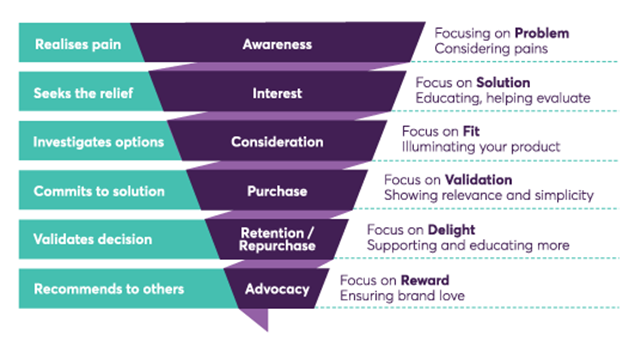
The messaging developed according to the funnel structure can be validated or inspired through a study on the customer journey and an identification of audience personas - i.e. the fictional profiles of people engaged in the decision-making process on the client’s side. Understanding the funnel, journey, and personas, will make the messaging more relevant and the media spending more efficient, it will thus guarantee a higher ROI, lower cost per lead and shorter time to close, too.
